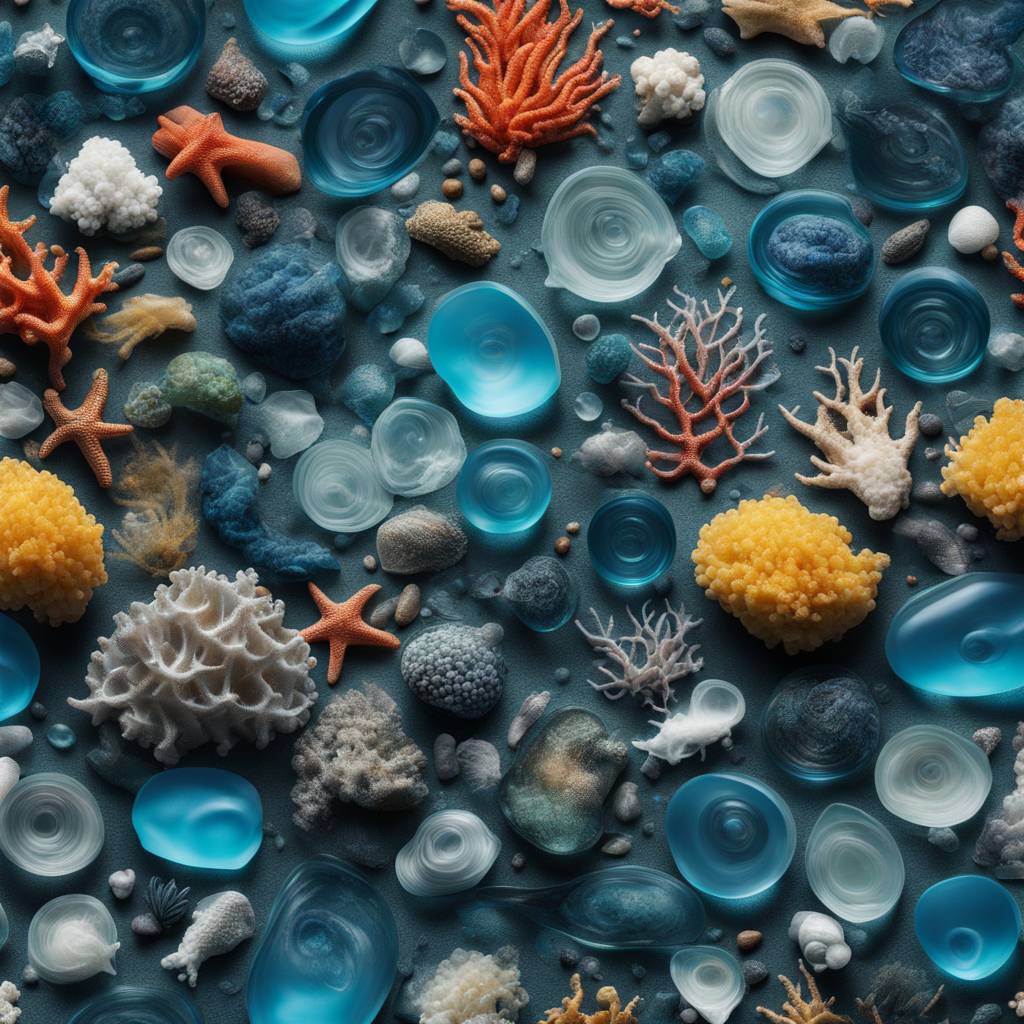New research from CSIRO and the University of Toronto estimates that up to 11 million tonnes of plastic pollution is currently sitting on the ocean floor. This plastic waste accumulates before breaking down into smaller pieces and mixing into ocean sediment. Dr. Denise Hardesty, a Senior Research Scientist with CSIRO, stated that while millions of tonnes of plastic waste enter the ocean every year, this is the first estimate of how much of that pollution ends up on the ocean floor. The research focused on larger plastic items, such as nets, cups, and plastic bags, rather than microplastics.
According to Ms. Alice Zhu from the University of Toronto, the amount of plastic pollution on the ocean floor could be up to 100 times more than the amount of plastic floating on the ocean’s surface. This research found that while the ocean surface is a temporary resting place for plastic, the deep ocean becomes a permanent sink for marine plastic pollution. The study used scientific data to create predictive models estimating the amount and distribution of plastic on the ocean floor, with one model based on data from remote operated vehicles (ROVs) and the other from bottom trawls.
The results from the ROV data revealed that between 3 to 11 million metric tonnes of plastic pollution resides on the ocean floor, with approximately half of the predicted plastic mass clustering around continents. The remaining plastic mass is found at depths ranging from 200 meters to as deep as 11,000 meters. While inland and coastal seas cover less surface area than oceans, they are predicted to hold as much plastic mass as the rest of the ocean floor. This research helps to fill a knowledge gap on the behavior of plastic in the marine environment.
The research published in Deep Sea Research Part I: Oceanographic Research Papers is part of CSIRO’s Ending Plastic Waste Mission, which aims to change the way we make, use, recycle, and dispose of plastic. Ms. Zhu emphasized the importance of understanding the driving forces behind the transport and accumulation of plastic in the deep ocean to inform source reduction and environmental remediation efforts. By reducing the risks that plastic pollution poses to marine life, efforts can be made to protect marine ecosystems and wildlife in the future. Ultimately, with plastic use expected to double by 2040, this research highlights the urgent need to address the issue of plastic pollution in our oceans.













